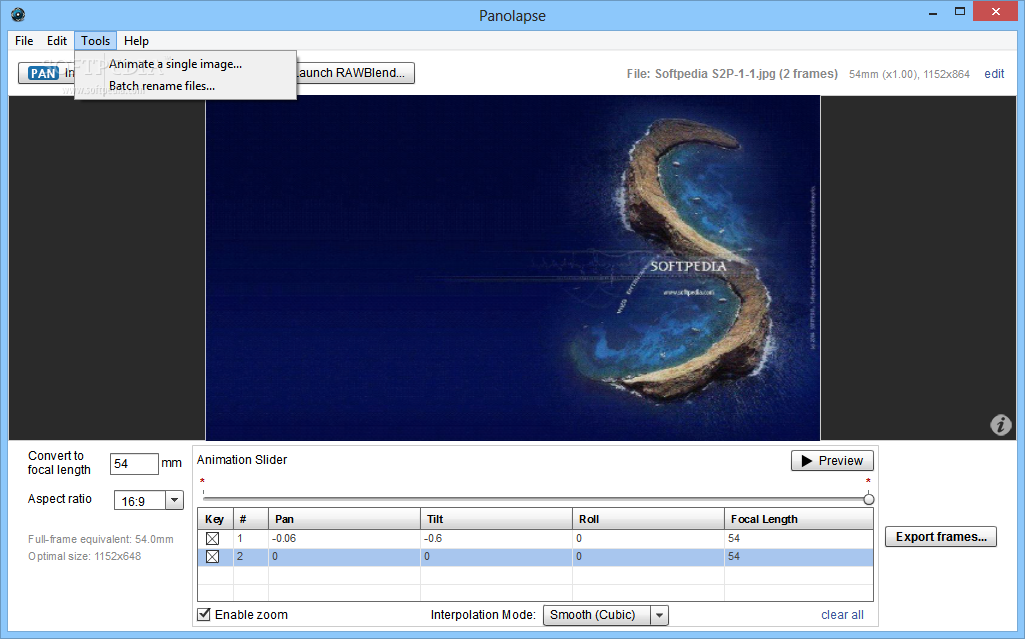
orientalis was observed to occur as follows ( Fig. This is the first study to present evidence of active burrowing and infaunal modes of life in the Scleractinia.īurrowing behaviour in D. The present study therefore examined the burrowing, escaping and righting (turning over) behaviours of the turbinoliid Deltocyathoides orientalis Duncan, 1876 based on observations of living individuals. However, even if most, if not all, turbinoliids are semi-burrowers or interstitial dwellers, in the absence of direct observations of the behaviours of living specimens, any interpretations of their modes of life remain speculative. Additionally, with its very small corallum, Sphenotrochus was inferred to be an interstitial sedentary (not automobile) dweller in moderately shallow and reworked coarse sandy substrates 4, 7, 8. The conical morphology was used to infer that it had a semi-burrowing mode of life analogous to that observed in sand-burrowing sea anemones (Actiniaria) 6. Despite this diversity, however, no formal investigations have been conducted on living turbinoliids and little is known about their modes of life and life history traits 3.

The family exhibits high levels of diversity, with 23 Recent and 6 fossil genera identified from the Late Cretaceous (Campanian) approximately 80 Ma onwards 3, 4, 5. Turbinoliids typically measure less than 1 cm in calicular diameter and have conical, bowl-shaped, or cylindrical forms.
Panolapse alternitive full#
The family Turbinoliidae (Cnidaria: Scleractinia) is composed exclusively of free-living, solitary, azooxanthellate corals that inhabit soft-bottom substrates for at least their full grown or anthocyathus stage after detachment 3. Given the difficulties associated with accessing, sampling and observing these coral species, little is known about the ecological traits and adaptation mechanisms employed by these corals for living in soft substrate environments. Despite this vulnerability to sedimentation, 330 species of azooxanthellate scleractinian corals, or approximately 22% of all scleractinians, live on deep-water sandy and/or muddy substrates where the risk of burial and smothering is high 2. Since being covered by sediments is typically fatal for corals, sediment deposition is a major factor affecting coral distribution. The newly discovered active burrowing strategies described herein provide new insights into the use of an unattached mode of life by corals inhabiting soft-bottom substrates throughout the Phanerozoic.ĭue to their sessile lifestyles, scleractinian corals are vulnerable to being covered by deposited sediments 1. An infaunal mode of life became available to turbinoliids due to the acquisition of automobility through the muscle-membrane system at least 80 million years ago. The oldest known turbinoliid, Bothrophoria ornata, which occurred in the Cretaceous (Campanian), also possessed a small, conical skeleton with highly developed costae. Histological analysis showed that these muscle arrangements were associated with deeply incised inter-costal spaces characteristic of turbinoliid corals. These behaviours were achieved through repeated expansion and contraction of their peripheral soft tissues, which constitute a unique muscle-membrane system. Deltocyathoides orientalis is adapted to an infaunal mode of life and exhibits behaviours associated with automobility that include burrowing into sediments, vertical movement through sediments to escape burial and recovery of an upright position after being overturned. Observational experiments were used to clarify how the sea floor niche is exploited by turbinoliids.

We describe a previously unknown niche for hard corals in the small, bowl-shaped, solitary scleractinian, Deltocyathoides orientalis (Family Turbinoliidae), on soft-bottom substrates.


 0 kommentar(er)
0 kommentar(er)
